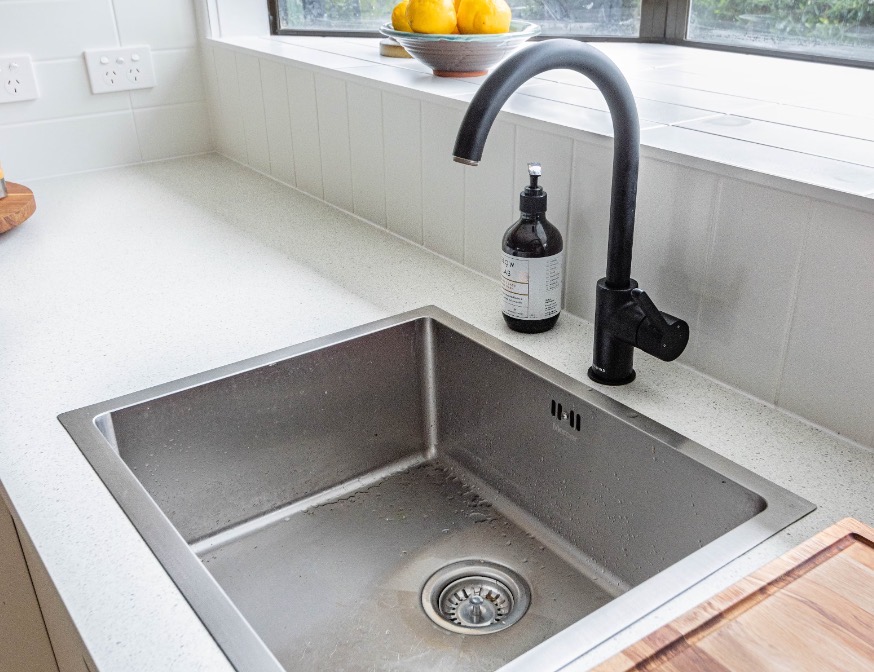A slow draining sink can be a frustrating problem for homeowners. A clogged drain is usually the cause of slow draining sinks, but there are other causes that could be causing it. This blog post will explore possible causes of slow-draining sinks and provide solutions.
Slow-draining sinks can be caused by a buildup in hair and soap scum. The buildup of hair and soap scum in the drain can cause the water to slow down. This is most common in bathroom sinks, where people might wash their face or brush their hair directly over the sink.
You may have to manually remove the buildup in order to fix it. A drain snake or a plunger can be used to remove the buildup. Insert the drain snake into the drain, and then rotate the snake until it feels resistant. This means that the clog has been cleared. To loosen the blockage, pull the snake slowly out of the drain and twist the plunger. Place the plunger above the drain, and then plunge vigorously to dislodge any clogs.
A buildup in mineral deposits within the pipes is another possible cause of slow-draining sinks. Minerals from hard water can buildup over time and cause a blockage in the water flow. This is most common in hard water areas, which are water with high amounts of minerals such calcium and magnesium.
This issue can be fixed by descaler the pipes. This can be done with a commercial product or homemade vinegar-baking soda solution. Pour the solution down your drain, let it sit for a while or overnight, and then flush the pipes using hot water.
A blocked vent stack is another potential reason for slow-draining drains. Vent stack is a pipe that connects the plumbing system and the roof of the house. It allows air to pass through the system. If the vent stack gets blocked, it can cause a vacuum effect which slows down water flow.
You may have to remove the vent stack in order to resolve this issue. This can be more difficult and will require the assistance of a professional plumber. The trap may also be partially blocked. The trap is the pipe underneath the sink that is designed for water retention and to prevent the entry of sewer gases. It can block the flow of water if it becomes partially blocked.
This issue can be fixed by cleaning the trap manually. The trap can be removed and cleaned with a brush. Wear gloves and keep water out of the trap by keeping a bucket nearby.
Slow-draining sinks can be frustrating and inconvenient for homeowners. Although a clogged drainage problem is the most common cause, there are many other causes. These include buildups of soap scum, mineral deposits, blockages in the pipes, blocked vent stacks and partially blocked traps. If you identify the problem and use the correct solution, your sink will flow smoothly again. You can avoid having a slow-draining sink. For assistance or clarification, contact a professional plumber.

